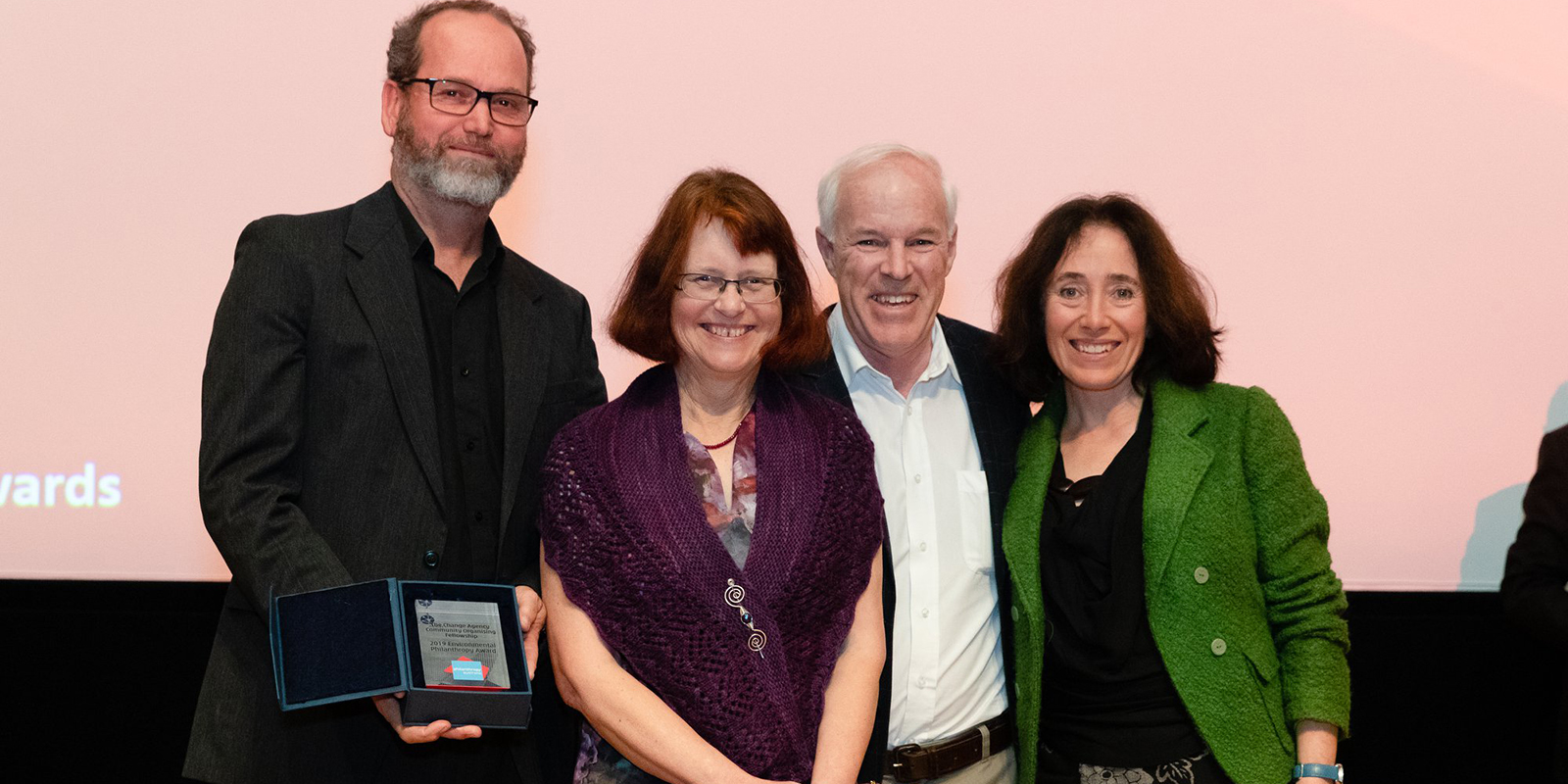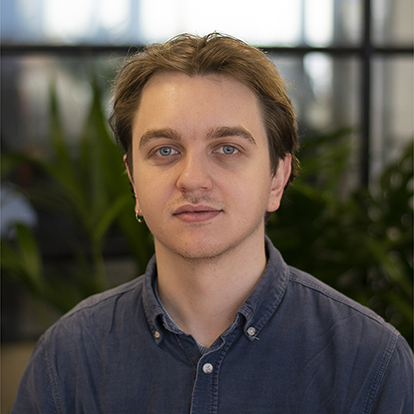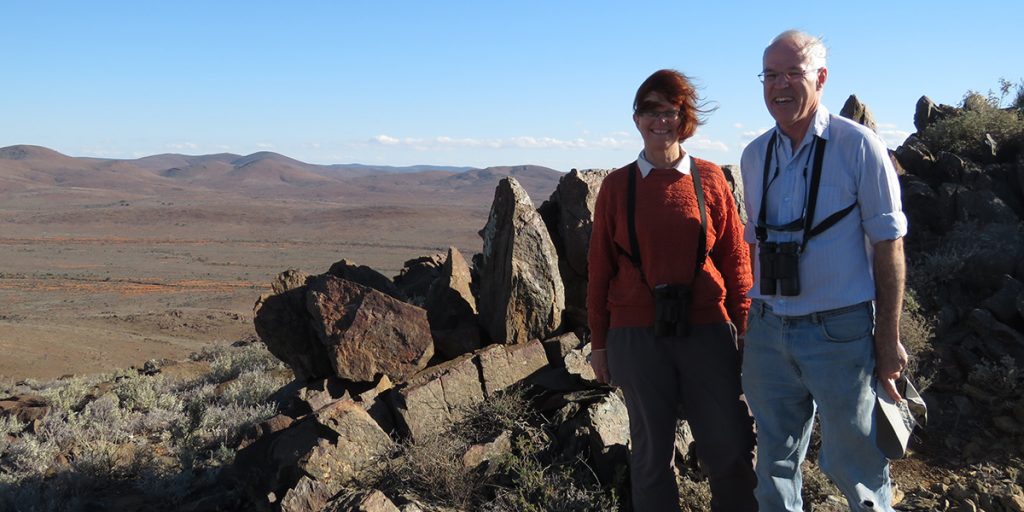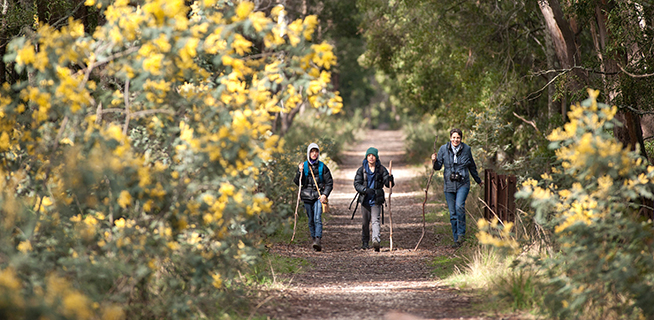The Melliodora Fund’s Bruce and Ann McGregor have a long and varied history in safeguarding the environment.

Advocates for Advocacy
The Melliodora Fund was one of seven Australian Communities Foundation sub-funds, along with ten other funders, recognised for their commitment to the environment at the 2019 Australian Philanthropy Awards.



